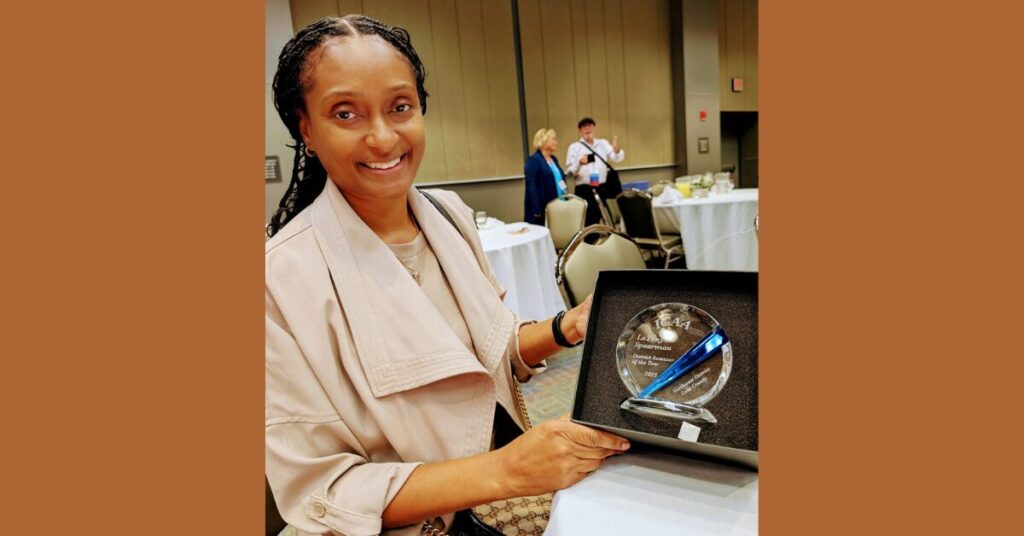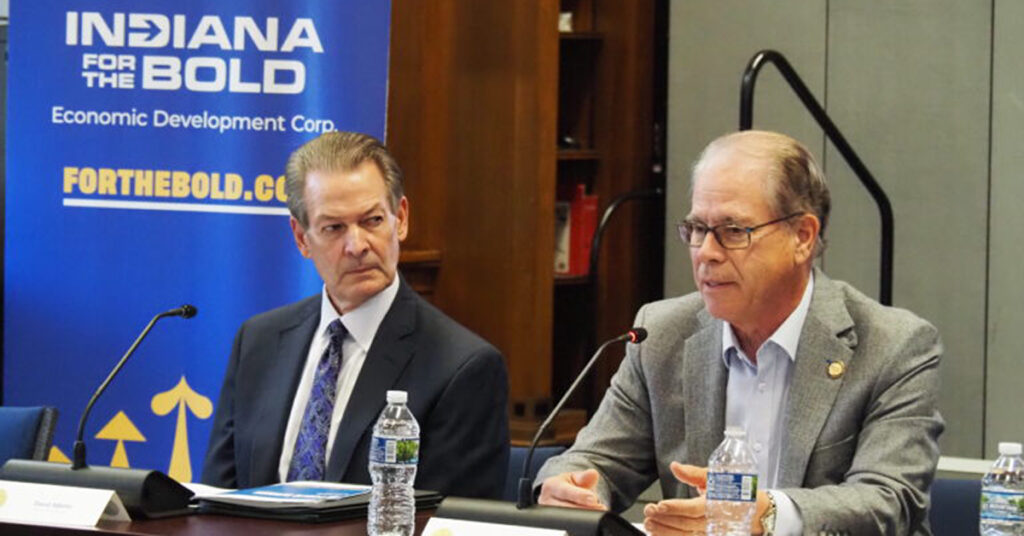Indiana University Northwest community-campus partnership resulted in law benefiting all
The negative impact of vacant, abandoned and deteriorated properties in our communities provides compelling reasons for towns to address tax-delinquent parcels. These parcels are often the first indication of a community’s risk of decline, particularly if delinquency occurs repeatedly and over an extended period, potentially signaling an owner’s inability or willingness to remain in the community.
To address this very situation, the Lake County government and Indiana University Northwest’s Center for Urban and Regional Excellence undertook a unique collaboration. Its goal was to better understand the status of tax-delinquent parcels, or “churners,” in Lake County.
Research shows that delinquent parcels impact public health, fiscal stability and can directly impact the financial wealth of community members. Property values fall, reducing the tax base, limiting services for residents and increasing vacancies as the cycle continues.
The goal of the community-campus partnership was to: identify the location, number and type of parcels that remained tax-delinquent, and find potential ways to turn these parcels into community assets.
What did our research find?
There are 9,231 churner parcels in Lake County. Arriving at and documenting the number of churner parcels was a team effort, consisting of IU Northwest students who gathered and digitized data on tax delinquent parcels. The effort took over four months of focused, meticulous work, and once compiled, CURE and the county worked together to examine parcel characteristics.
Expectedly, and through no fault of their own, the largest percentage of churners was found in Gary. In fact, a total of five communities in the northeast quadrant of Lake County contain more than 90 percent of all parcels. And approximately 90 percent of the no-bid parcels are residential with narrow, unbuildable lots — a legacy of years gone by.
What did we do with the research?
The conducted analysis also identified the barriers to converting the parcels to productive use and outlined potential solutions. The results were widely shared with municipal and state leaders, as well as with members of the local business and nonprofit sectors. A shared interest, across sectors, in addressing this issue, when combined with the data, was a powerful tool that helped lead to legislative change.
What was the result?
Community and legislative leaders took note. Sens. Rick Niemeyer and Dan Dernulc worked with county attorney Matt Fech to author Indiana Senate Bill 157. In the House, Reps. Harold Slager and Julie Olthoff joined the effort.
In the end, both the Senate and the House voted unanimously in favor of the bill, and on April 20, Senate Bill (SB) 157 was signed into law by Gov. Eric Holcomb.
The state legislation, which went into effect July 1, addresses the most important barriers to turning “churners” into assets.
First, the legislation limits the participation of persons who own property offered for sale — both at the treasurer’s and commissioner’s tax sales — on two or more occasions. Under the new law, these persons are prohibited from participating in the tax sale process and acquiring additional parcels. The data indicated that, when a person fails to perfect title and/or make tax payments, the parcel will languish in the tax sale process, becoming a “churner,” thus reducing the tax base and limiting potential economic development.
When churner parcels are transferred to government ownership, the parcel is removed from the tax roll and there is a reduction in the assessed value and tax burdens are shared. In addition, strategic planning on the part of municipal units, for best use of the parcels, can foster not only positive economic benefits in the short term but also improve the likelihood that longer-range planning efforts will be successful.
Why were we successful?
In one word: partnership. Neither IU Northwest nor the county would have been able to implement this project on their own. This partnership was grounded in respect for the knowledge and resources that existed within both organizations. It was collaborative communication, brainstorming and planning that provided the information needed by policy makers and legislators to successfully advocate for change.
It was inclusion of community experts, like multiple departments in county government, subject-matter experts, attorneys, real estate professionals, local government leaders, and importantly, our state legislators, who helped move the process forward.
In the end, the data told the story, and the stakeholders executed a plan to effect change. Together we all changed the landscape for successful economic development, not only in Lake County, but throughout the state of Indiana.




